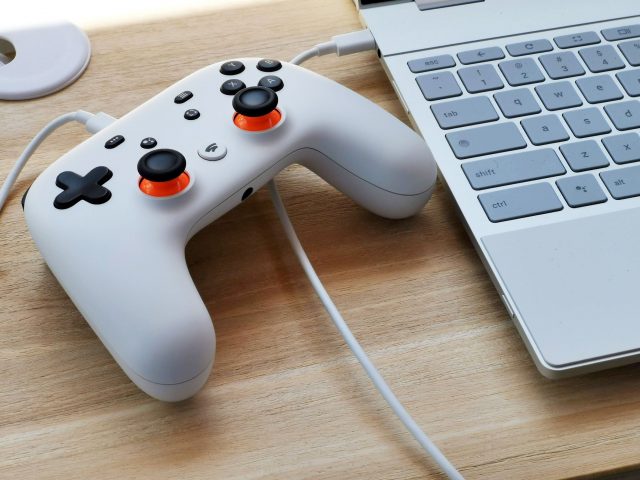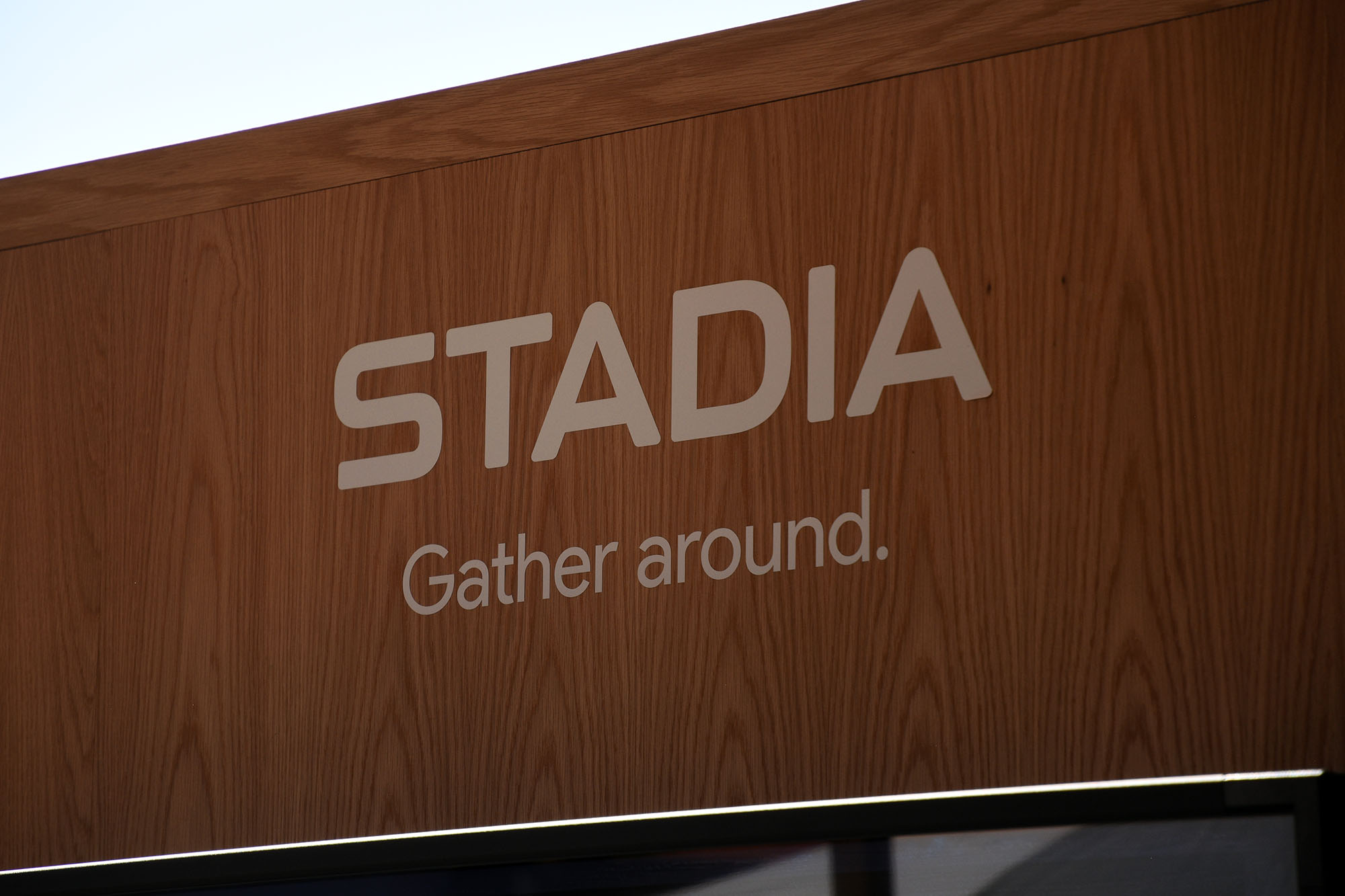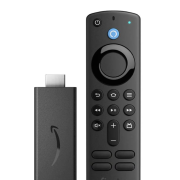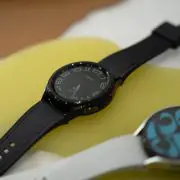Google Stadia is yet another game streaming service announced about two months ago. This is not a new concept by any means. In fact, one of Stadia’s main competitors is Microsoft’s Project xCloud, which takes Xbox games and streams then anywhere using server-side computing. So while others are already in the works and many more have failed in the past decade, Stadia is doing things a little different.
Instead of having a device that does the streaming, the controller itself connects to WiFi and sends its commands to the streaming servers. This is to reduce latency, as streaming will naturally have latency between the servers processing the game and the game reaching your TV. Adding even more latency with, for example, a Bluetooth controller may make it a much worse user experience. Having a noticeable delay between the press of a button and the action on screen really hurts the gaming experience.
This means you can use Stadia with pretty much everything, including laptops, smartphones, and even Chromecast devices. All of the processing is done by Google’s servers and all of the input data is coming from that fancy controller. The company claims that latency is just as good as an Xbox One playing local content.
We got a demo of the technology at Google I/O 2019, though it was limited because both the software and hardware are early prototypes. The controller looked and felt finished, but it only operated in wired mode (it was hooked up to a Pixelbook with a USB C-to-C cable) and it could only play Assassin’s Creed.
But the key aspects were there. The game looked pretty good. The controls were excellent. The delay was frankly barely noticeable, and will be absolutely indistinguishable for most gamers. Now to be fair, Google I/O is hosted pretty close to a Google server farm and the Pixelbook had an Ethernet connection, but the company claims that latency will be excellent even if conditions are not ideal.

The controller looks like every other controller, resembling the Nintendo Switch Pro controller but with the (arguably inferior) Dualshock 4 stick layout. There are two extra buttons: one is a capture button (it will automatically upload videos to YouTube) and the other is a Google Assistant button. You can hold it and talk to Assistant, which will have special features for the Stadia.
The controller itself is surprisingly well built, and I’m very picky about controllers. The grip was solid, the face buttons felt good, the sticks were smooth and clicked decently, and the D pad was very nice. Even the triggers felt good, somewhat copying the Xbox One trigger feel (though not quite as good). The company put a lot of work into this controller feeling excellent and performing well, which is great to see because even Sony couldn’t make the Dualshock 4 feel high end.
There’s really nothing to report about the gaming experience, because it really doesn’t feel any different. It’s very much like playing a regular console, and that’s exactly what Google wants from Stadia. It may be an early prototype, but the company is delivering on their promise and it’s getting us even more excited about this tech. Many were (and likely still are) dubious because there are a lot of challenges ahead of Stadia, but its prospects are looking good.
Unfortunately they wouldn’t talk release dates, game support, or really anything beyond the demo they set up. But with Project xCloud soon to be hitting public trials, it’s likely that we’ll see more news on Stadia very soon.









Comments